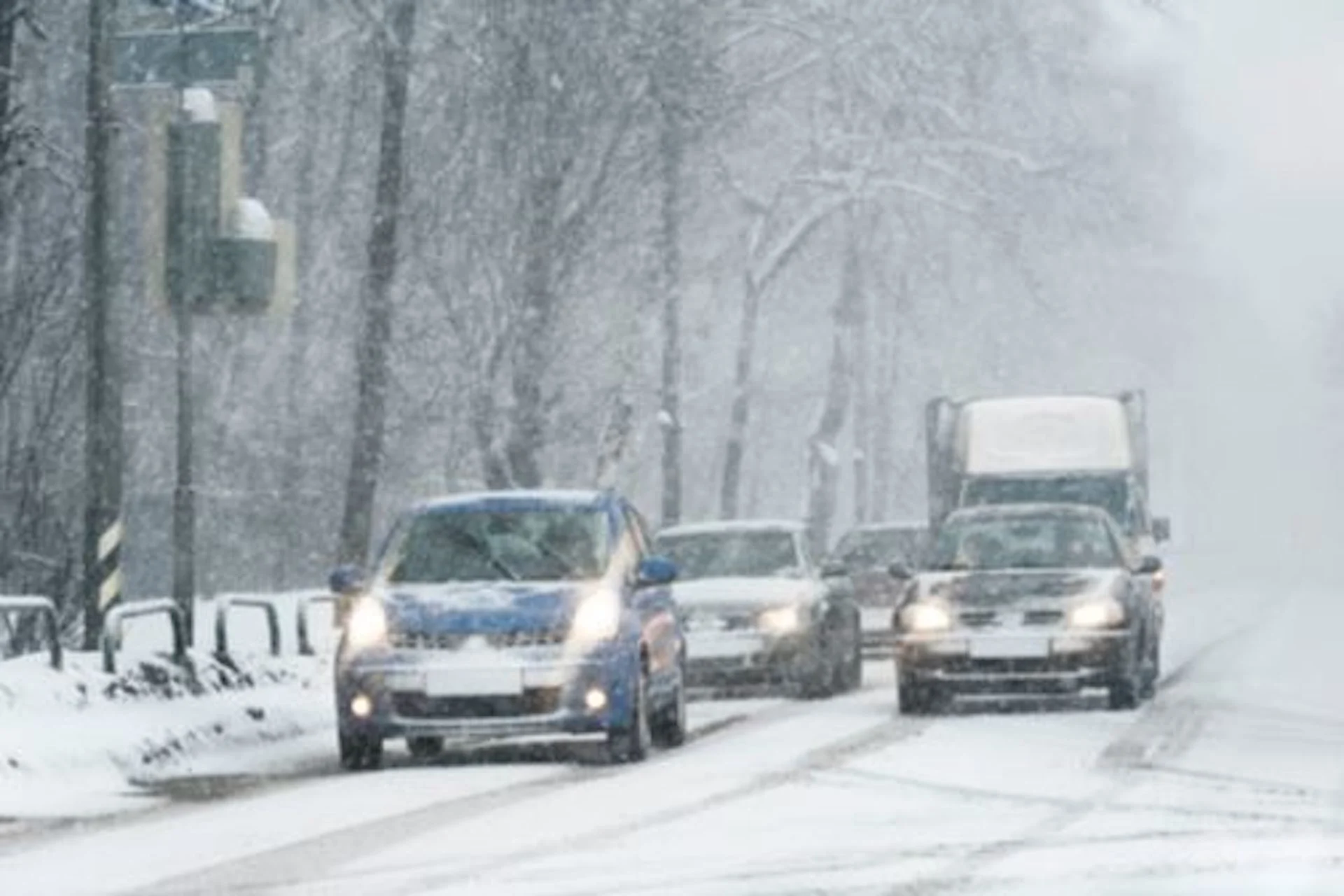
Alberta beware: 'Winter-like weather can affect us from now until next summer!'
An extended period of early winter weather has invaded much of central Canada this week, creating the "first flakes shock factor" and leaving some scrambling to dig out their snow brushes and winter boots.
It even prompted Environment Canada to post this bold tweet Thursday, warning Albertans to prepare for the winter-like weather to stick around until next summer.
While the first sign of snow can always catch some people off guard, Alberta has actually gotten off rather lightly this year.
"Since record keeping began in 1884 we have seen snow fall in September for 70 of those years. So basically 50 percent of the time, Calgary has seen snow in September," says Weather Network meteorologist Matt Grinter. "We did not this year, so it's actually later than normal."
In fact, on September 29, 2019, Calgary recorded 24.6 cm of snow, and back on October 2, 2018, nearly 33 cm fell in the area.
"We are way later than normal for our first snow and first frost," adds The Weather Network's Calgary bureau reporter, Kyle Brittain. "But that just means we will also continue to get snow into May, or early June, as usual."
EXPERT ANALYSIS: Classic clash of the seasons as strong blocking pattern closes out October
DEFINITE WINTER BLAST THIS WEEKEND
All eyes are on the current storm set-up for the province as waves of Pacific moisture spill over the Rockies and spread rounds of snow into the region this weekend. Some significant snow totals upwards of 30 cm are expected for the higher terrain in the Rockies, while 10-20+ cm could fall in the foothills and adjacent areas from just south of Grande Prairie to Hinton and Nordegg. Special weather statements also cover south-central sections of the province, including Edmonton and Calgary, where driving conditions could be compromised in areas of heavy, blowing snow right through Sunday.
An unusually strong blocking pattern, that is more characteristic of winter, is actually going to lock into place for the second half of October. That means several rounds of arctic air will continue to descend upon western and central Canada for the next two weeks at least.
So, as Environment Canada suggests, there's no time like the present to gear up and prepare for the long frosty season ahead.
Here are some simple tips to start the winter driving preparation from Public Safety Canada in collaboration with the Canadian Automobile Association.
Slow down: Fog, black ice, slush or snow-covered roads can make driving dangerous. Drive slowly and leave plenty of distance between vehicles.
Get winter tires: Traction is the key to good movement, turning and stopping on wet, slushy or icy surfaces. Check tires and tire pressure at least once a month when tires are cold and remember that tire air pressure decreases in colder weather. Winter tires provide additional traction in colder weather.
Top-up windshield fluid: Fill up on winter washer fluid and replace wiper blades that streak. Make sure there is enough windshield washer fluid in the reservoir and that it is rated in the -40C temperature range. Carry an extra jug in the vehicle.
Keep the gas tank topped up: When driving in bad weather, think caution, plan ahead and make sure you have enough fuel. Keep the fuel tank at least half full.
See and be seen: Clear all snow from the hood, roof, windows and lights. Clear all windows of fog or ice. If visibility becomes poor, find a place to safely pull off the road as soon as possible.
Get an emergency car kit: Have the appropriate safety and emergency winter equipment always stored in your car. The basic emergency kit for cars should include the following items:
Food – that won't spoil, such as energy bars
Water – in plastic bottles so they won't break if frozen (change every six months)
Blanket
Extra clothing and shoes
First aid kit – with seatbelt cutter
Small shovel, scraper and snowbrush
Candle in a deep can and matches
Crank flashlight
Whistle – in case you need to attract attention
Roadmaps
Copy of your emergency plan
Also keep these inside your trunk:
Sand, salt or cat litter (non clumping)
Antifreeze/windshield washer fluid
Tow rope
Jumper cables
Fire extinguisher
Warning light or road flares






